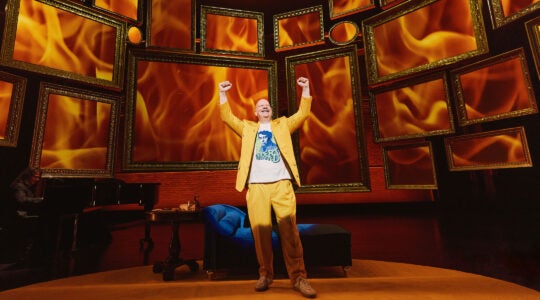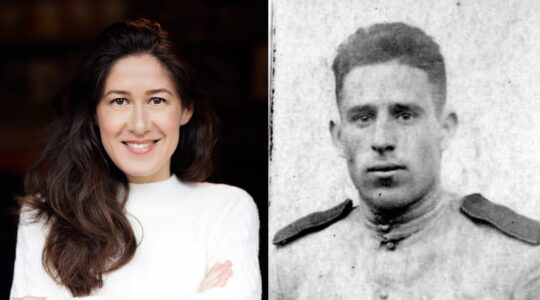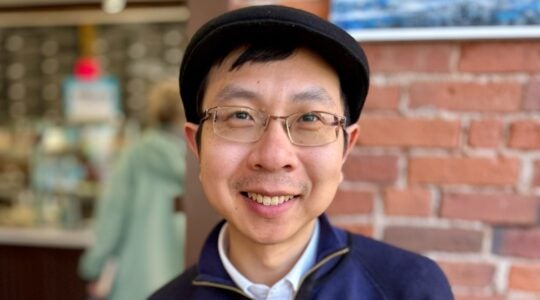In Hebrew it’s Hebron, in Arabic it’s al-Khalil, and in modern Middle East history it’s a place of violence.
The hilly city 18 miles south of Jerusalem, the largest city on the West Bank, ranks among the four holy cities of the Promised Land — Jerusalem, Tiberias and Safed are the others — but has been better known as a home of bloodshed and radicalism since Arab riots killed 67 Jews there 80 years ago last month, forcing all of Hebron’s Jews to flee after millennia of habitation.
Came 1967, Jews returned, a few hundred living there now in isolated neighborhoods among more than 150,000 Muslim Arabs. Hebron is where Dr. Baruch Goldstein, an immigrant from the United States, shot to death 29 Palestinians at prayer in 1994.
Israeli soldiers are now a constant presence in Hebron, patrolling the streets, protecting the Jews, and, according to frequent complaints, intimidating the Arabs.
For both groups, the spiritual center is the Cave of the Patriarchs (Ma’arat HaMachpaleh in Hebrew, Haram al-Ibrahimi in Arabic), the resting place, according to the traditions of both faiths, of Abraham and Sarah, Isaac and Rebecca, Jacob and Leah.
The site, symbolizing the city and the wider region, is divided, with separate entrances and separate prayer sections, a synagogue and a mosque, for Jews and Muslims.
Last week a group of Israeli soldiers — who, like all Israelis, had learned about the Cave of the Machpelah in school — got an inside look. The soldiers, above, listen to a lecture from an officer.
The New York Jewish Week brings you the stories behind the headlines, keeping you connected to Jewish life in New York. Help sustain the reporting you trust by donating today.




